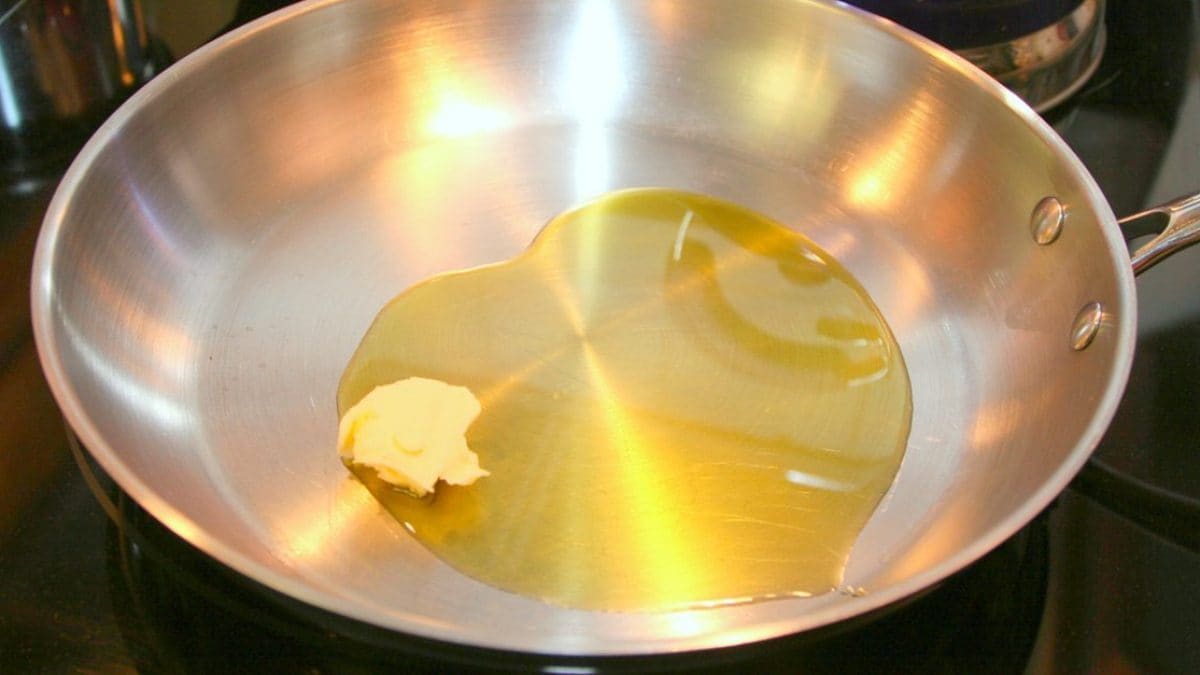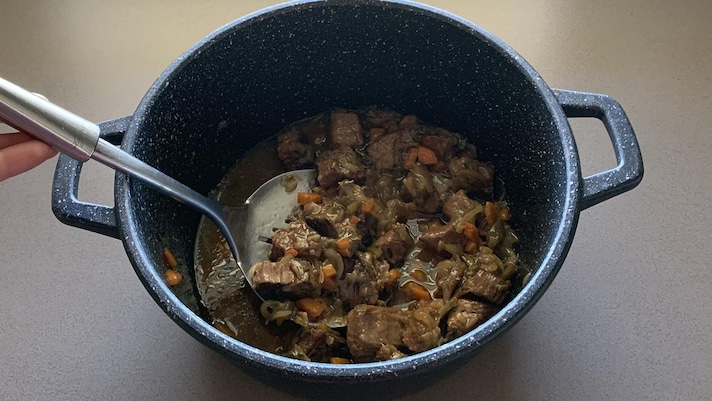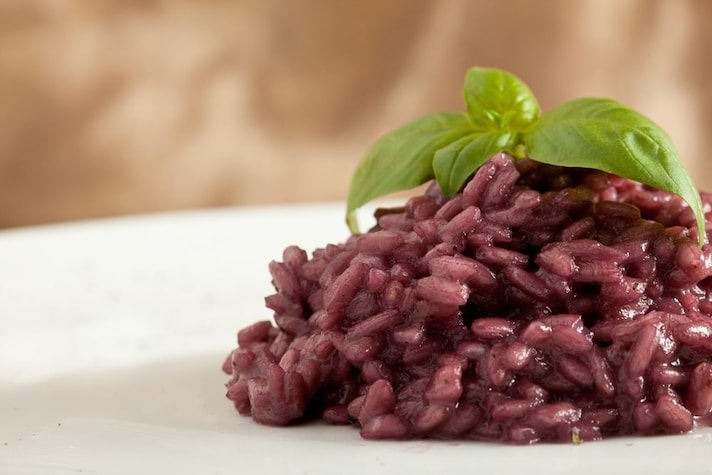
There's strength in numbers, they say: and in the kitchen, the combination of butter and oil is a classic example of how two seemingly similar ingredients can create a perfect match, enhancing the flavors and textures of dishes. But like any pairing, this one also has pros and cons that are important to understand to get the most out of it. But when is this combination recommended, and when is it best to avoid it?
Why Mix Butter and Oil?
The combination of butter and oil in a pan is a very common culinary technique, appreciated for its results: perfect browning and intense flavor. Many traditional recipes use this mix: it's usually used for meat dishes like stews or casseroles, or for typical recipes like ossobuco alla Milanese or Barolo risotto, which require it in their preparation. Here are the benefits this mix offers:
- Browning. Butter, thanks to its low smoke point, burns easily and imparts a deep golden color to foods. Oil, on the other hand, has a higher smoke point and allows higher temperatures to be reached without burning, ensuring more even cooking.
- Flavor. Butter adds a rich, savory flavor, while oil enhances the natural flavors of foods.
- Texture. The combination of the two fats creates a crispy coating on the outside and keeps foods tender on the inside.

When to Do It and When It Is Better to Avoid It
There are occasions when using a combination of the two fats is preferable, as it adds nuances of flavor or texture to the dish that you wouldn't otherwise achieve. For searing meat, such as steaks or scallops, the butter-oil combination is perfect: butter provides intense flavor and a golden crust, while oil allows for higher temperatures and seals in the juices; for scrambled eggs or omelettes, a drizzle of oil and a little melted butter add a rich flavor and a creamy texture.
However, there are some cases in which this mix is not recommended: what are they?
- High-temperature cooking. If you need to reach very high temperatures, such as for frying, it's best to use oil only, as butter would burn too quickly.
- Low-fat diets. If you're following a low-fat diet, it's best to limit your intake of both fats or replace them with lighter alternatives.
- Allergies. If you are lactose intolerant, avoid using butter.
There's no hard and fast rule for the butter-to-oil ratio: you can start with one part butter to two parts oil and then adjust the amount according to your personal taste. Extra virgin olive oil is ideal for this combination, but you can also use other oils with a high smoke point, such as sunflower oil or peanut oil. It's important to heat the pan before adding the fat. Start on low heat and gradually increase the temperature.

Despite its many benefits, the combination of butter and oil also has some drawbacks, starting with the calorie content of the dish: both butter and oil are fats, and for this reason, it's advisable to limit their consumption. If you're following a low-calorie diet, you should obviously avoid it, but we still suggest limiting this choice even if you're not watching your weight and using it only for certain types of dishes, as an exception.
;Resize,width=767;)
